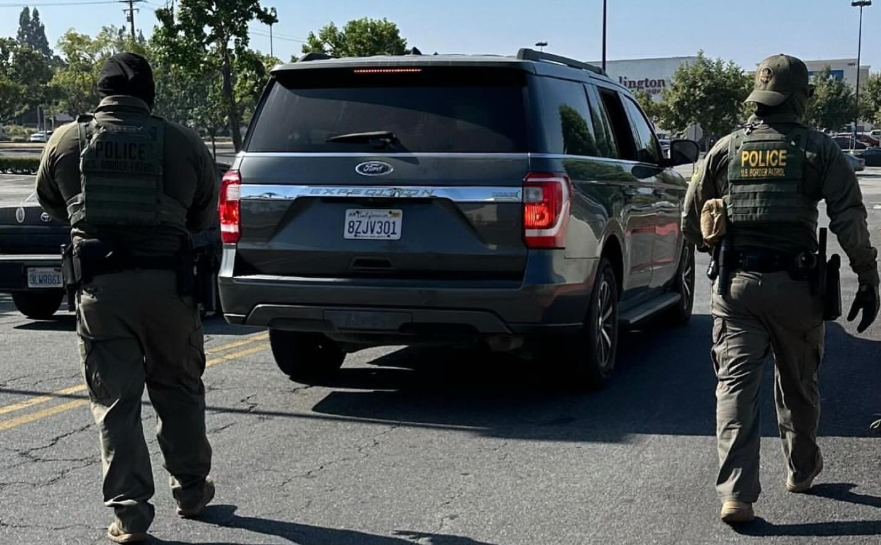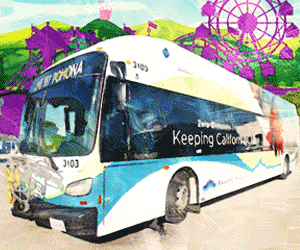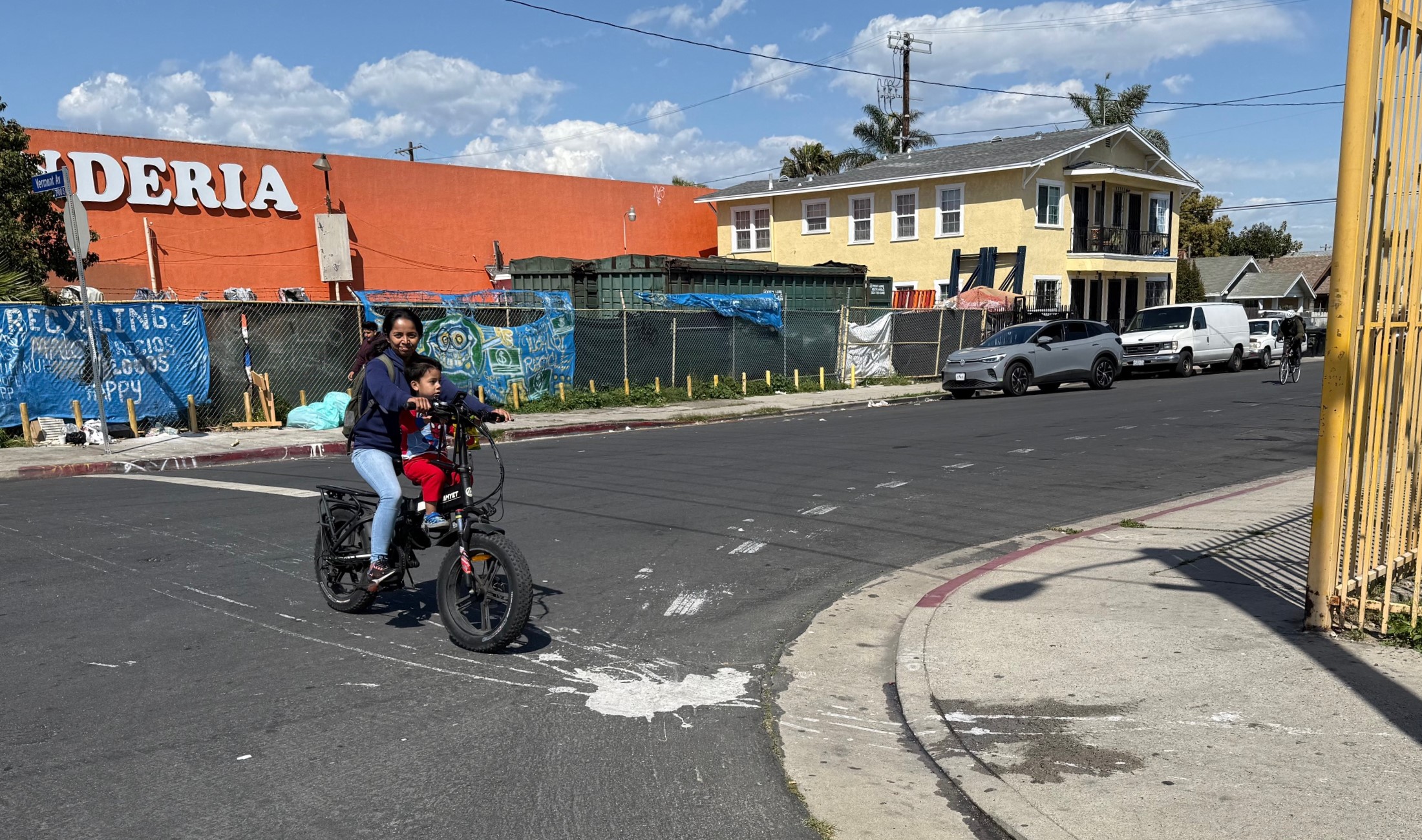Earlier today, the Southern California Association of Governments unanimously passed the 2015-2035 Long Range Transportation Plan/Sustainable Communities Strategy to guide local transportation planning and investment in the six county region SCAG oversees. While past SCAG plans have focused on building out the highway network, this plan conforms to new state laws requiring that transportation planning leads to a reduction in greenhouse gas and focuses much more on transit expansion.

"This is a game-changing plan for Southern California. It will create thousands of jobs and make air pollution a relic of our history," said Denny Zane, executive director of Move L.A. "Southern California should be competitive with any metropolitan area in the world. We already have the best weather."
In 2008, Governor Arnold Schwarzenegger signed SB 375 into law which required that regional land use and transportation plans bring about measurable changes in Greenhouse Gas emissions. The first regional plan passed under this law was by the San Diego Association of Governments (SANDAG) and is now being challenged in court for placing too much emphasis on highway expansion, albeit in the form of high occupancy toll lanes.
Local experts praise the SCAG plan as an improvement not just over past efforts, but also over the SANDAG plan. In particular, the plan will :
- Increase funding for active transportation $1.8 billion in the most recent plan to $6.7 billion;
- Shift focus away from highway spending. $246 billion, nearly half the plan’s total revenue will be spent on public transportation;
- Embraces transit expansion and calls for 12 L.A. County transit projects to come online;
- Will embrace TOD. The amount of housing near transit will increase 60% more h than is currently available;
- Create 4.2 million more jobs in the region, 87% of which will be ½ mile from transit;
- Most importantly, the plan cleans the air. Respiratory illness caused by air pollution will fall by nearly one-quarter;
More on the plan's impact can be found at the NRDC Switchboard, where Amanda Eaken, the NRDC's Director of Sustainable communities broke down the plan in advance of today's meeting. Eaken herself was thrilled with today's unanimous action.
“While Washington politicians continue to point fingers about high gas prices, local leaders in Los Angeles have actually done something about long commutes,” said Eaken. “SCAG has approved a plan that will save people money, shorten their commutes and create a cleaner environment. Investing in transit will put millions of people back to work on local projects that benefit anyone who chooses to trade gas prices for a metro card.”
Not everyone is as thrilled with the final plan. Jessica Meaney with the Safe Routes to Schools National Partnership credits "We've seen meeting after meeting dominated by people pushing for active transportation issues, but I wish we had seen more leadership in the regional transportation plan," says Meaney. "One thing we did see is that people in all six counties want to see walkable and bikeable communities."
The $6.7 billion mentioned above for walking and bicycling is less than one percent of the budget despite pedestrians and cyclists accounting for 25% of traffic fatalities. A recent study by the L.A. County Department of Public Health found the need for bicycle and pedestrian funding to be $42 billion over the life of the SCAG plan.
SCAG is the nation's largest metropolitan planning organization, representing six counties, 191 cities and more than 18 million residents.






